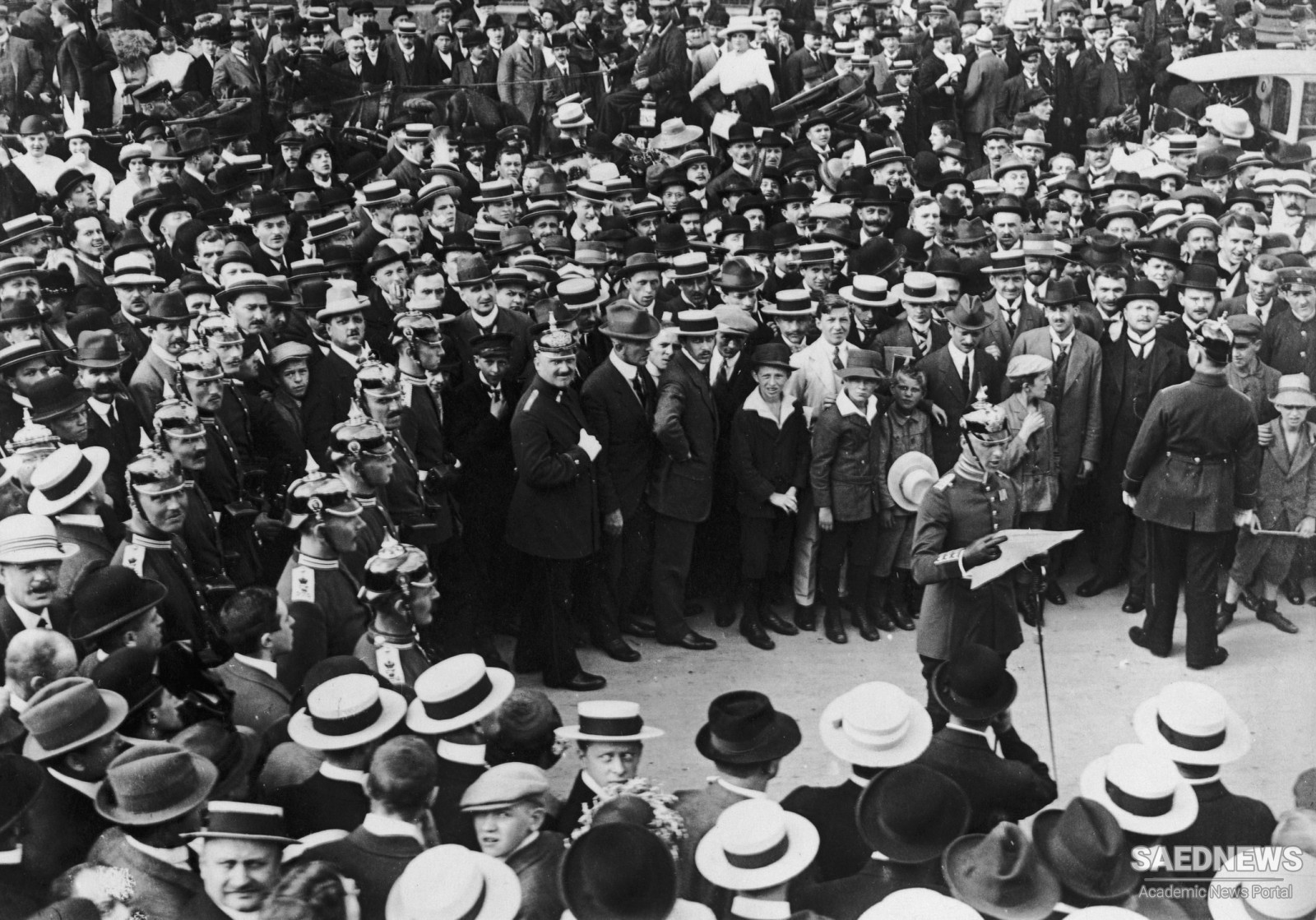In one respect – the provision of capital finance for Europe – France won first place, and the large proportion of its total investment overseas that went to Russia between 1890 and 1914 became a major factor in international relations. The majority of the French people did not wish to face the fact that new problems were arising that required new solutions; they saw the ‘defence’ of the Republic in terms of combating the political aims of the Church and the army. But in the early twentieth century the growth and concentration of industry and a new militancy among groups of workers also threatened the Republic from the left. The majority groups of the parliamentary lower Chamber were determined to defeat these threats from the extreme right or the left. Political power depended on the management of the elected Chamber; governments came and went, but the legislation prepared by the Chamber provided the necessary continuity. Actual office was confined to a number of leading politicians who reappeared in ministry after ministry. In this scheme of things few Frenchmen cared how many ministries were formed. Their frequency, in itself, was a healthy obstacle to too much government, for Frenchmen had singularly little faith in their politicians. There existed side by side with the elected government an administration with an ethos of its own and which had little connection with the democratic roots of government. This centralised administration had been little modified through all the constitutional change since its creation in 1800 by Napoleon. It made the head of state the chief executive, while the prefects were the state’s representatives and administrators in each of the ninety geographical departments into which France was divided. They were appointed, and could be transferred or dismissed, by the Ministry of the Interior.


 French Society and Government at the Turn of Century: Mysteries and Facts
French Society and Government at the Turn of Century: Mysteries and Facts














































